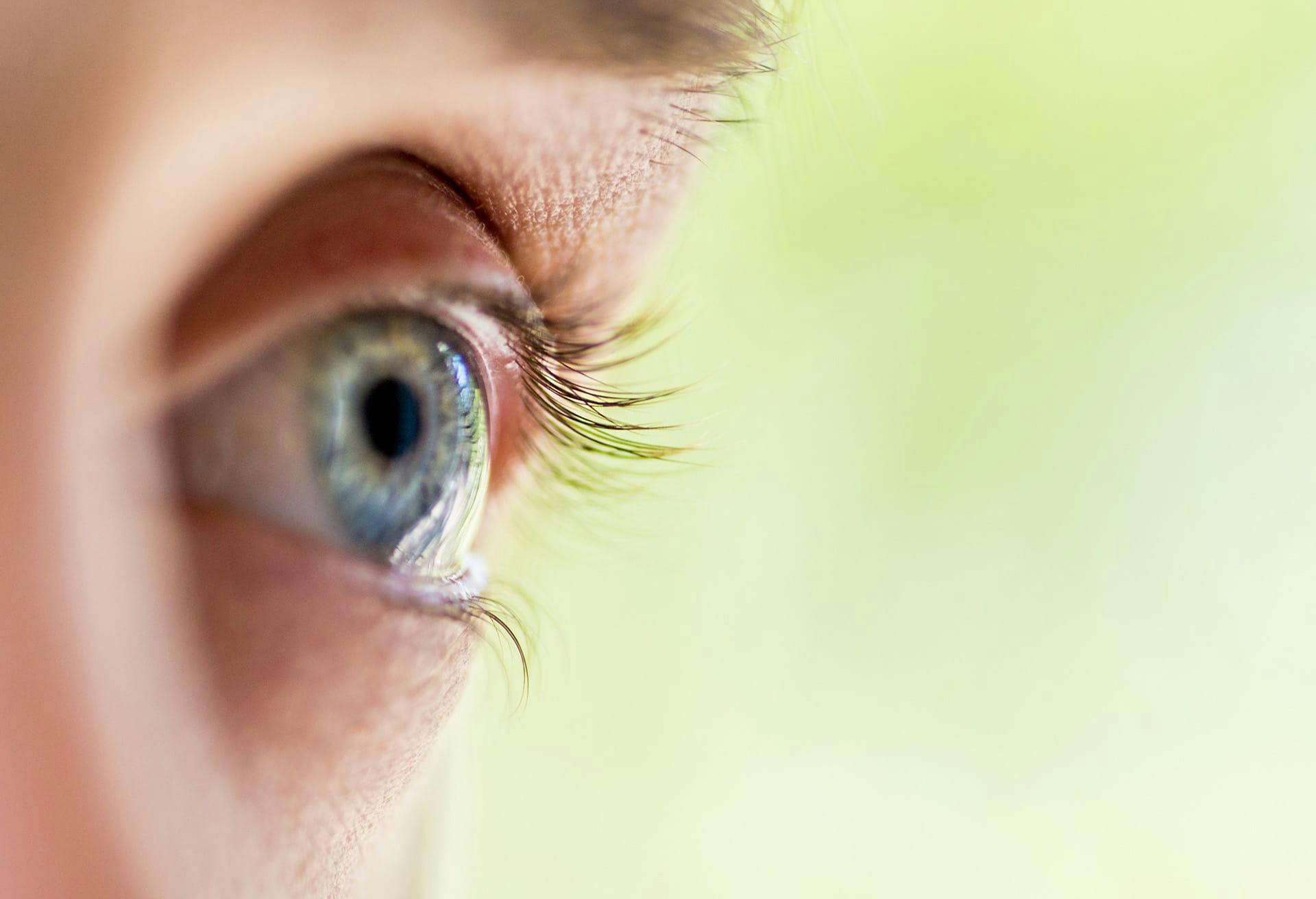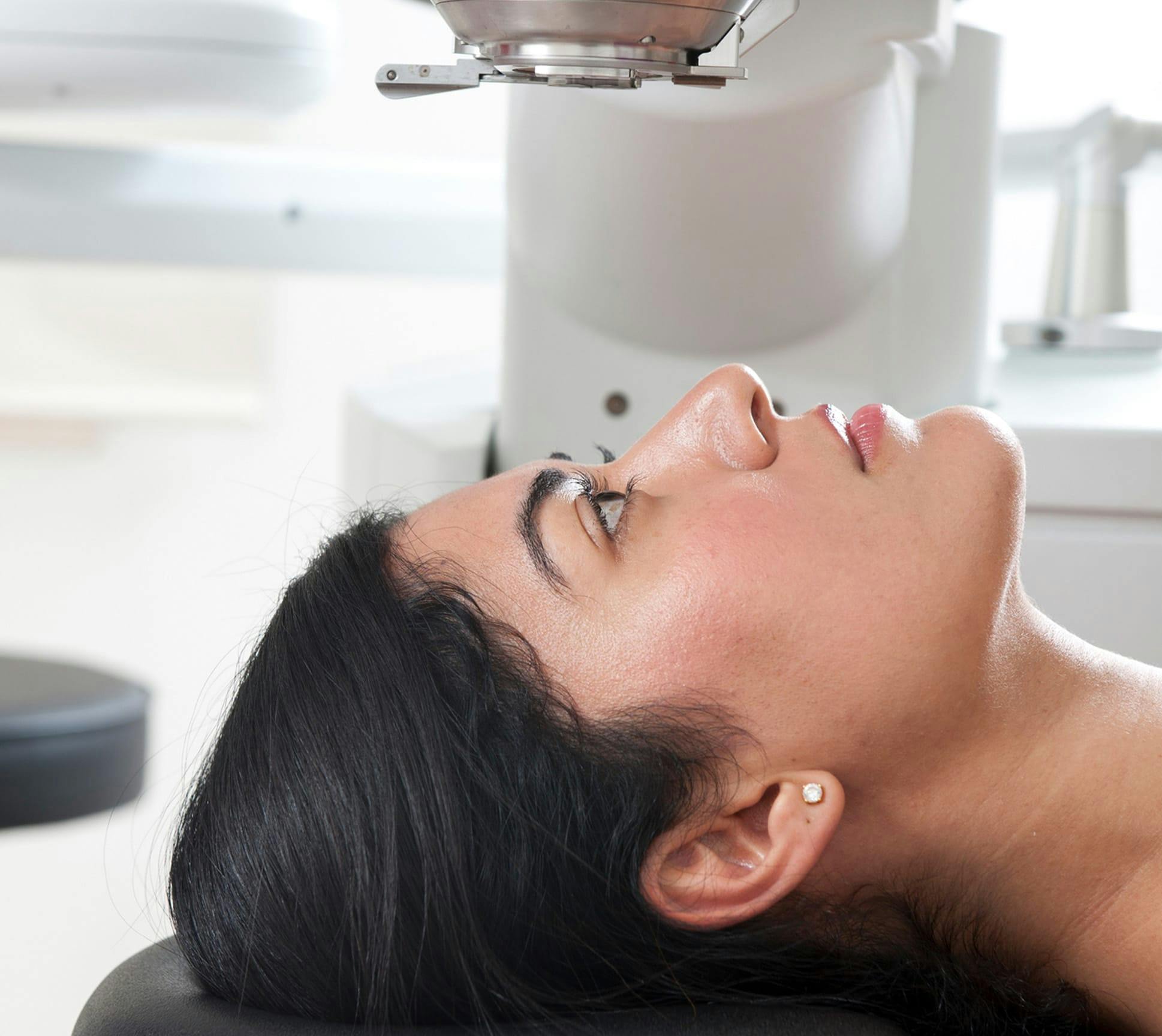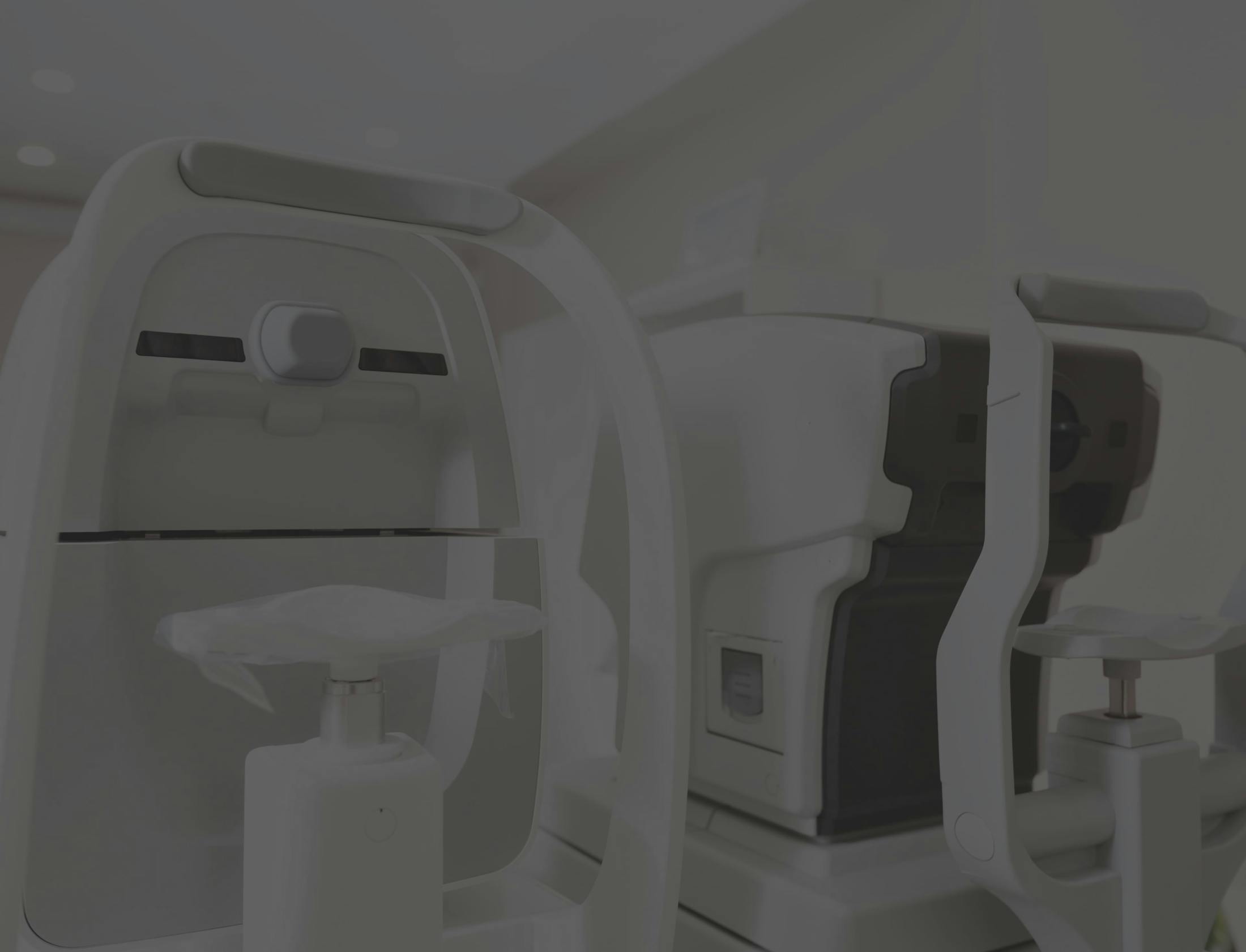With SMILE in Hoffman Estates, vision correction has never been safer or easier. The preservation of the upper corneal layers and the possibility for fewer transected nerves enhance biomechanical stability and reduce the incidence of dry eyes.
What is the ZEISS SMILE procedure?
The ZEISS SMILE procedure is a type of laser eye surgery that has gained prominence in recent years. SMILE stands for Small Incision Lenticule Extraction, a minimally invasive procedure that can correct various vision impairments such as nearsightedness and astigmatism. The procedure uses the VisuMax® femtosecond laser to create a contact lens-shaped layer called a lenticule inside the cornea. The lenticule is then removed through a small opening, which reshapes the cornea and corrects refractive errors.
The ZEISS SMILE procedure is becoming a popular option for patients who are looking for a minimally invasive alternative to traditional laser eye surgeries. SMILE comes with less discomfort and fewer complications, has a shorter recovery time, and is less likely to cause dry eyes, a common side effect of other laser eye surgeries.





